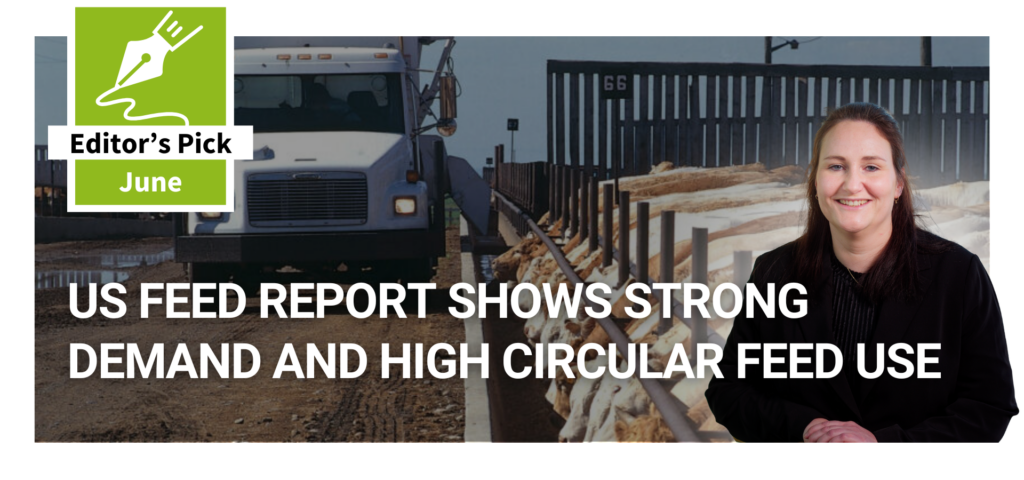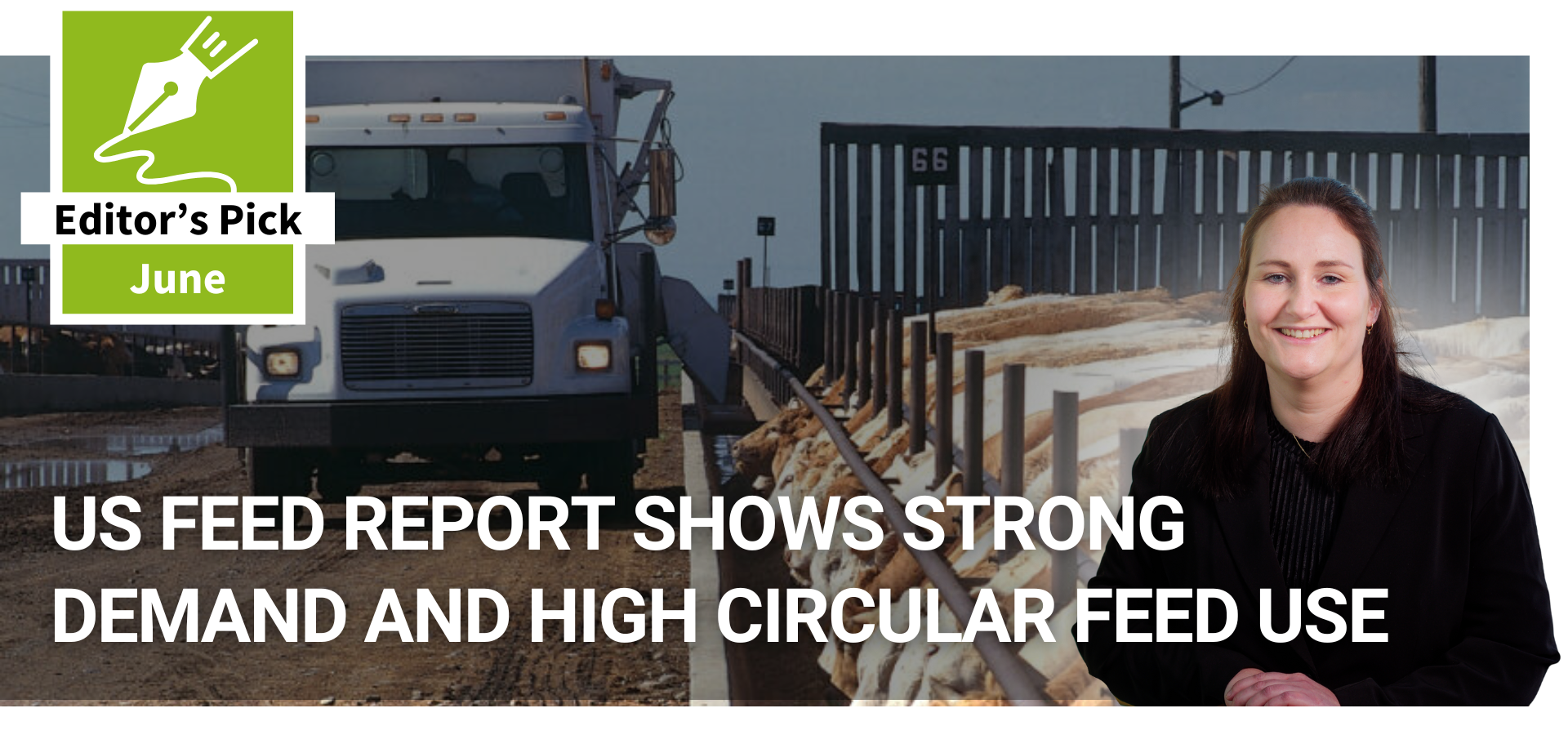Kansas feedlot farmers worry about ethanol
The ethanol boom in the US has driven up corn prices and will have long-term repercussions for cattle feeders that compete for those same feed grains to fatten their animals, market analysts told the Kansas Livestock Association.
“We are not going to fix this in one big corn-growing year,” Randy Blach,
executive vice president of cattle marketing information service Cattle-Fax, told nearly 1,000 cattlemen attending
the group’s annual convention.
Demand for
corn will continue to grow as more ethanol plants are built, moving the corn
markets to new, higher levels, he said. Recently, corn prices have been around
$3.50 a bushel. “Everybody is waiting for a big correction,” Blach said. “What
if we don’t get one?”
Unlike previous corn bull markets that were driven
by supply issues, the current bull market is driven by growing demand for the
crop as more and more ethanol plants are built across the nation, he said. “We
are coming on a new plateau for corn prices, and we are not going to come off
that,” said Bill Holbrook, an analyst for Holbrook Consulting
Services.
Not counting the government incentives, ethanol plants
are making 51 cents per gallon (13.5 ct/litre) profit from their operations.
These ethanol plants can pay $5 a bushel for corn and still make money,”
Holbrook said.
Higher plantings
The high corn prices are
already prompting more farmers to plant more. Already, farmers are putting more
fertilizer on fields so they can plant more corn in the spring. Corn requires
more fertilizer than other crops. Most of the new corn acres will replace
soybean fields, which will ultimately drive up the price of soybeans, given that
demand also is up for soybean oil.
Holbrook said producers will not be
able to substitute milo (sorghum) for the corn as feed as they have in the past
because milo also will be more expensive, as farmers plant fewer acres of the
crop and demand for it grows overseas in Mexico and other
countries.
DDGS disadvantages
While distiller’s grain (DDGS), a
by-product of ethanol production, can be used as livestock feed, it comes with
some drawbacks. It is delivered wet, and transporting wet products is difficult.
Feedyards close to the ethanol plants would be the ones most likely to
efficiently use it, said Todd Domer, spokesman for the Kansas Livestock
Association.
It also has a short shelf life, especially during hot
summers. The wet grain must be used within days, and it’s not economical to dry
it. Also, it’s unclear how using it as feed for cattle will affect the quality
of beef. Domer said research is being done in that area.











